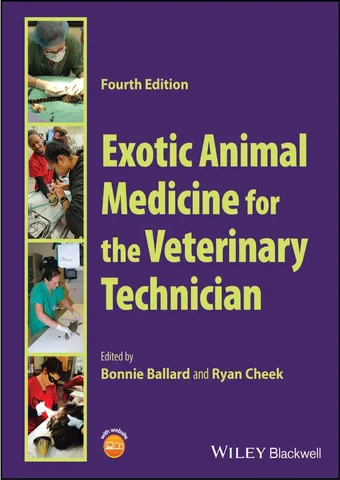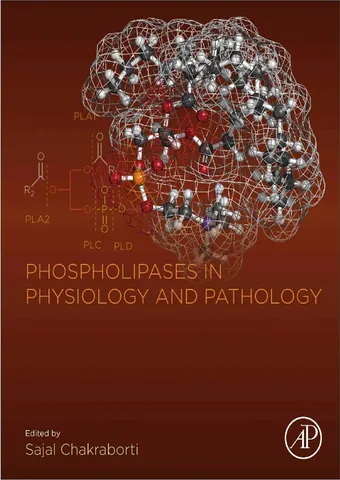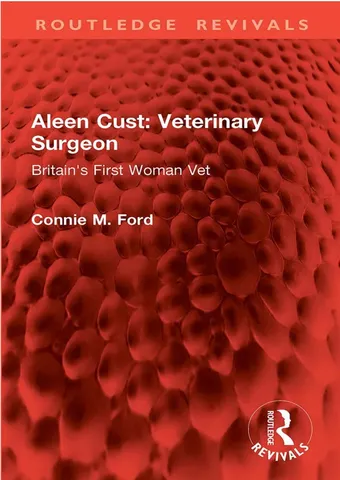Crow and Walshaw’s Manual of Clinical Procedures in Dogs, Cats, Rabbits, and Rodents
Crow & Walshaw’s Manual of Clinical Procedures in Dogs, Cats, Rabbits, & Rodents, Fourth Edition provides practical, up-to-date information on common veterinary procedures for gerbils, hamsters, guinea pigs, dogs, cats and rabbits with detailed line drawings and photographs that demonstrate not only pertinent anatomical relationships, but also operational motions.
Crow and Walshaw’s Manual of Clinical Procedures in Dogs, Cats, Rabbits, and Rodents

Crow and Walshaw’s Manual of Clinical Procedures in Dogs, Cats, Rabbits, and Rodents is intended as a textbook for veterinary technology and veterinary medical students, as well as a useful clinical tool for new veterinarians and veterinary technicians in small animal practice or laboratory animal care facilities. As in the previous editions, the text is organized by procedure, with each technique described in detail using a step-by-step approach. The Manual may be used as a clinical handbook in addition to being a teaching instrument. Features that make this manual most useful are the rationale/amplification segments, which answer the reader’s how and why questions, and the illustrations, which show exactly how to physically manage the patient, equipment, and assistants. In addition to the illustrations, a number of color photographs have been added to this edition to better elucidate certain procedures.
Veterinary medicine continues to be an ever changing and progressive profession. For this reason, many procedures in this edition have been revised from previous versions to include the most current techniques. You will also notice that some chapters have been removed entirely, either because the procedures have become obsolete or they have advanced beyond the scope of this book. This edition includes new chapters on Blood Pressure Measurement, Arterial Catheter Placement and Sampling, and Cardiopulmonary Resuscitation.
The safety of personnel and patients in the veterinary workplace continues to be a high priority for employers, employees, and the general public. Chapter 1, Restraint of Dogs and Cats, is as timely today as in the first edition. Today, many entering veterinary students have very little practical experience in holding and working with animals in a clinical or laboratory setting. Chapters 36 through 38 focus on safe and effective methods of restraint of rabbits and other small mammals. Adequate restraint of animals by trained employees is vital in providing humane care for these small animals. In addition, knowing how to handle animals is essential for the safety of veterinary health care team members and animal owners. Throughout the Manual we describe proper disposal of medical waste. Careful use and disposal of sharp items is encouraged. It is our hope that proper knowledge of the clinical procedures in the Manual will enhance workplace safety as well as contribute to animal health.
[expand title=” “]
[/expand]
Password: pdflibrary.net






